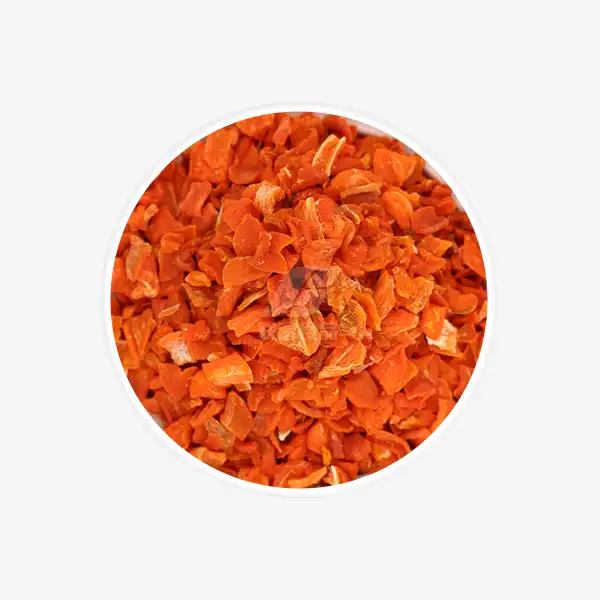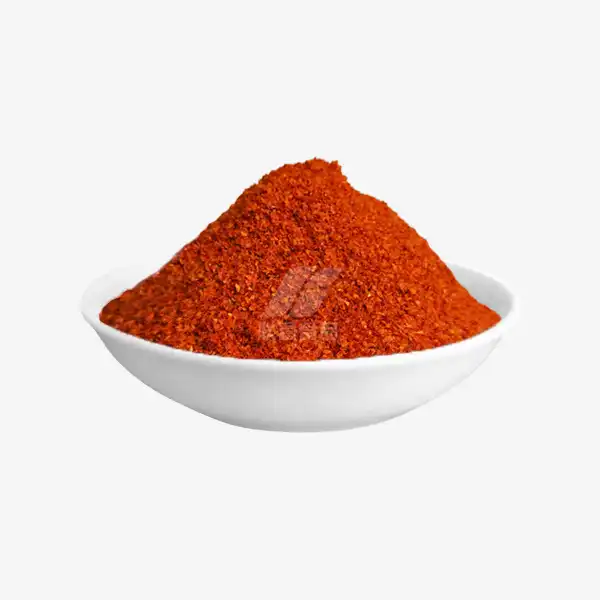Top Baking Recipes Using Dried Egg Granules
Dried egg granules are incredibly versatile and can be used in a wide array of baking recipes. Here are some popular recipes where dried egg granules shine:
Fluffy Pancakes
Create light and airy pancakes by incorporating rehydrated egg granules into your batter. The consistent protein content helps achieve a perfect texture every time.
Moist Banana Bread
Dried egg granules contribute to the moisture retention in quick breads like banana bread, resulting in a tender crumb that stays fresh longer.
Chewy Chocolate Chip Cookies
Achieve the ideal balance of chewiness and crispness in your cookies by using dried egg granules, which provide consistent binding properties.
Velvety Cheesecake
Dried egg granules can help create a smooth, creamy texture in cheesecakes, ensuring a professional-quality dessert.
Airy Sponge Cake
The consistent protein content in dried egg granules contributes to the structure and lift needed for a perfect sponge cake.
Crispy Meringues
Dried egg white granules are ideal for creating crisp, stable meringues that hold their shape beautifully.
Rich Custard
Achieve a silky-smooth custard by using dried egg granules, which provide consistent thickening power.
Flaky Pie Crust
Incorporate dried egg granules into your pie crust for added structure and a beautiful golden color.
Decadent Brownies
Create fudgy, rich brownies with a perfect crackly top using dried egg granules for consistent results.
Soft Dinner Rolls
Add dried egg granules to your bread dough for softer, more tender dinner rolls with a golden crust.
These recipes demonstrate the versatility of dried egg granules in baking. From delicate pastries to hearty breads, dried egg granules can enhance texture, structure, and flavor across a wide range of baked goods.
Why Bakers Prefer Dried Egg Granules Over Fresh?
Professional bakers and home cooks alike are increasingly turning to dried egg granules for their baking needs. Here's why:
Extended Shelf Life
Unlike fresh eggs, which have a limited shelf life, dried egg granules can be stored for extended periods without refrigeration. This longevity makes them an excellent choice for both commercial kitchens and home bakers who want to reduce waste and always have eggs on hand.
Consistent Results
Dried egg granules offer remarkable consistency in terms of protein content and performance. This uniformity is crucial for achieving consistent results in baking, especially in large-scale production or when precise measurements are essential.
Convenience
Using dried egg granules eliminates the need for cracking and separating eggs, saving time and reducing the risk of shell contamination. This convenience is particularly valuable in busy commercial kitchens or when preparing large batches of baked goods.
Reduced Risk of Foodborne Illness
Dried egg granules are pasteurized during processing, significantly reducing the risk of salmonella and other foodborne illnesses associated with raw eggs. This makes them a safer option for recipes that may not involve thorough cooking, such as certain frostings or mousses.
Cost-Effective
In many cases, dried egg granules can be more cost-effective than fresh eggs, especially when considering factors like storage, shelf life, and waste reduction. This cost efficiency is particularly beneficial for commercial baking operations.
Versatility
Dried egg granules are available in whole egg, yolk, and white varieties, allowing bakers to choose the exact component needed for their recipes. This versatility is especially useful for specialized baking applications.
Ease of Measurement
Measuring dried egg granules is often more precise than measuring liquid eggs, leading to more accurate recipe execution and consistent results across batches.
Allergen Management
For bakeries that need to manage allergens carefully, the products can be easier to control and less likely to cross-contaminate other ingredients compared to liquid eggs.
Seasonal Availability
Dried egg granules are not subject to the seasonal fluctuations in supply and quality that can affect fresh eggs, ensuring a stable supply year-round.
Reduced Environmental Impact
The extended shelf life and reduced need for refrigeration can lead to a lower environmental impact compared to fresh eggs, particularly in terms of energy use and food waste.
These advantages make dried egg granules an attractive option for many bakers, balancing convenience, consistency, and quality in their baking endeavors.
Tips to Rehydrate Dried Egg Granules Correctly
Proper rehydration is key to unlocking the full potential of dried egg granules in your baking. Follow these tips to ensure optimal results:
Use the Right Ratio
The general rule for rehydrating whole egg granules is to mix 1 tablespoon of granules with 2 tablespoons of lukewarm water. This ratio may vary slightly depending on the brand, so always check the package instructions.
Temperature Matters
Use lukewarm water (about 110°F or 43°C) for rehydration. Water that's too hot can partially cook the eggs, while cold water may result in incomplete rehydration.
Whisk Thoroughly
After adding water to the egg granules, whisk the mixture vigorously to ensure even distribution and complete rehydration. A small whisk or fork works well for this purpose.
Allow Time for Absorption
Let the mixture stand for about 5-10 minutes after whisking. This resting period allows the granules to fully absorb the water and achieve the right consistency.
Adjust Consistency as Needed
If the rehydrated eggs seem too thick or thin for your recipe, you can adjust by adding small amounts of water, dried egg granules, or egg granules until you reach the desired consistency.
Strain if Necessary
For recipes requiring a very smooth texture, consider straining the rehydrated eggs through a fine-mesh sieve to remove any small lumps.
Measure Accurately
Use precise measurements when rehydrating egg granules. Even small variations can affect the final texture and structure of your baked goods.
Rehydrate Just Before Use
For best results, rehydrate egg granules just before you need to use them in your recipe. This ensures optimal freshness and performance.
Consider Recipe Adjustments
When substituting fresh eggs with rehydrated egg granules in a recipe, you may need to make slight adjustments to the liquid content of the recipe to account for the added water used in rehydration.
Store Properly
If you have leftover rehydrated eggs, store them in an airtight container in the refrigerator and use within 24 hours for best quality and safety.
By following these rehydration tips, you'll ensure that your dried egg granules perform optimally in your baking recipes, delivering consistent and delicious results every time.
Conclusion
Mastering the use of dried egg granules can significantly enhance your baking experience, offering consistency, convenience, and quality results. Whether you're whipping up a batch of fluffy pancakes or crafting a delicate meringue, dried egg granules provide a reliable and versatile ingredient for all your baking needs.
By understanding the proper rehydration techniques and leveraging the unique advantages of dried egg granules, you can elevate your baking to new heights of perfection. For more information about our high-quality dried egg granules and other dehydrated products, please don't hesitate to contact us at qingzhengliu@jslianfu.com.

_1729843393550.webp)









